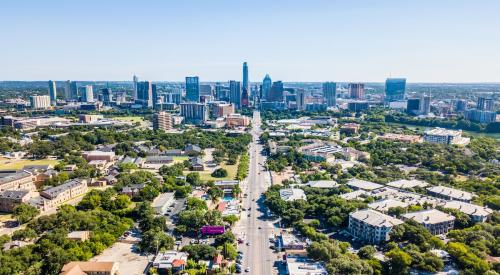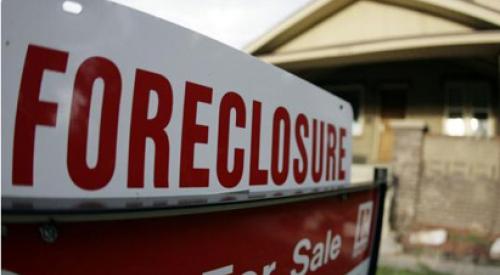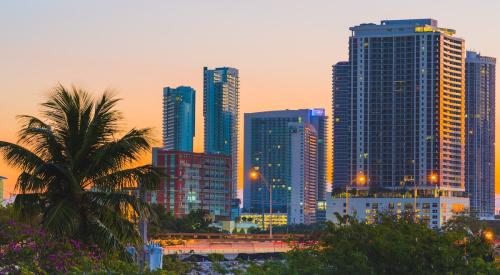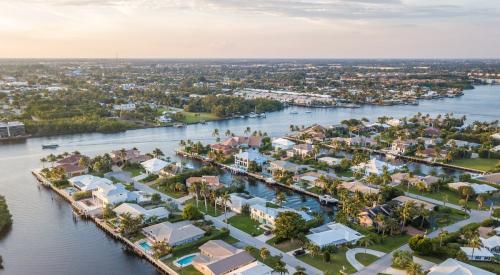In 2021, the U.S. population grew by a mere 0.1% as a result of low birth rates and declining immigration, but despite an inherently lower percentage of homebuyers, a smaller nation could still spell trouble for the housing industry, according to Bloomberg. Many metro areas with shrinking populations are reporting low housing demand, though faster-growing cities are feeling the pressure as waves of newcomers flood regional markets already struggling to keep up with existing demand.
A shift in regional home buying is exacerbating an affordability crisis across the nation, driving up prices in areas where infrastructure and homes can’t be built quickly enough to match demand while millions of Americans leave their old residences behind.
People tend not to want to live in shrinking places, and if the U.S. population starts to decline, it might lead to even less housing demand in stagnant metro areas, and an even worse housing affordability crisis in the smaller number of places that continue to attract new residents.
To start with, a country without any population growth doesn't need to have a growing housing construction industry. That will lead to consolidation among homebuilders and the building materials supply chain. If you can't grow profits via greater sales volumes, you try to do it via reduced competition and cost cuts. And that means tightly controlled housing production — the exact kind of behavior we've been seeing from the publicly traded homebuilders as they've grown their market share over the past decade. All else equal, that will tend to keep housing supply in check and make housing more expensive.













